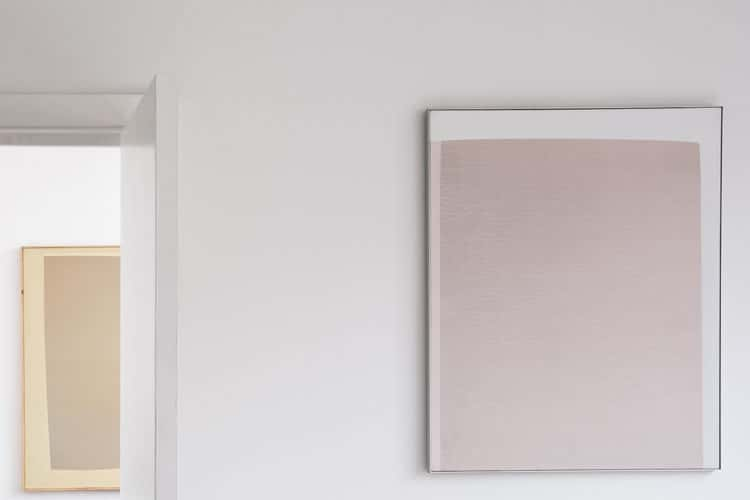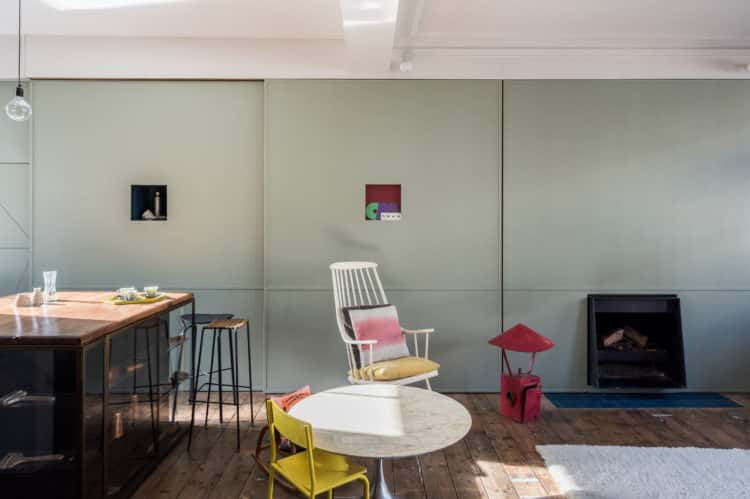Insight Report: how to buy art for the home
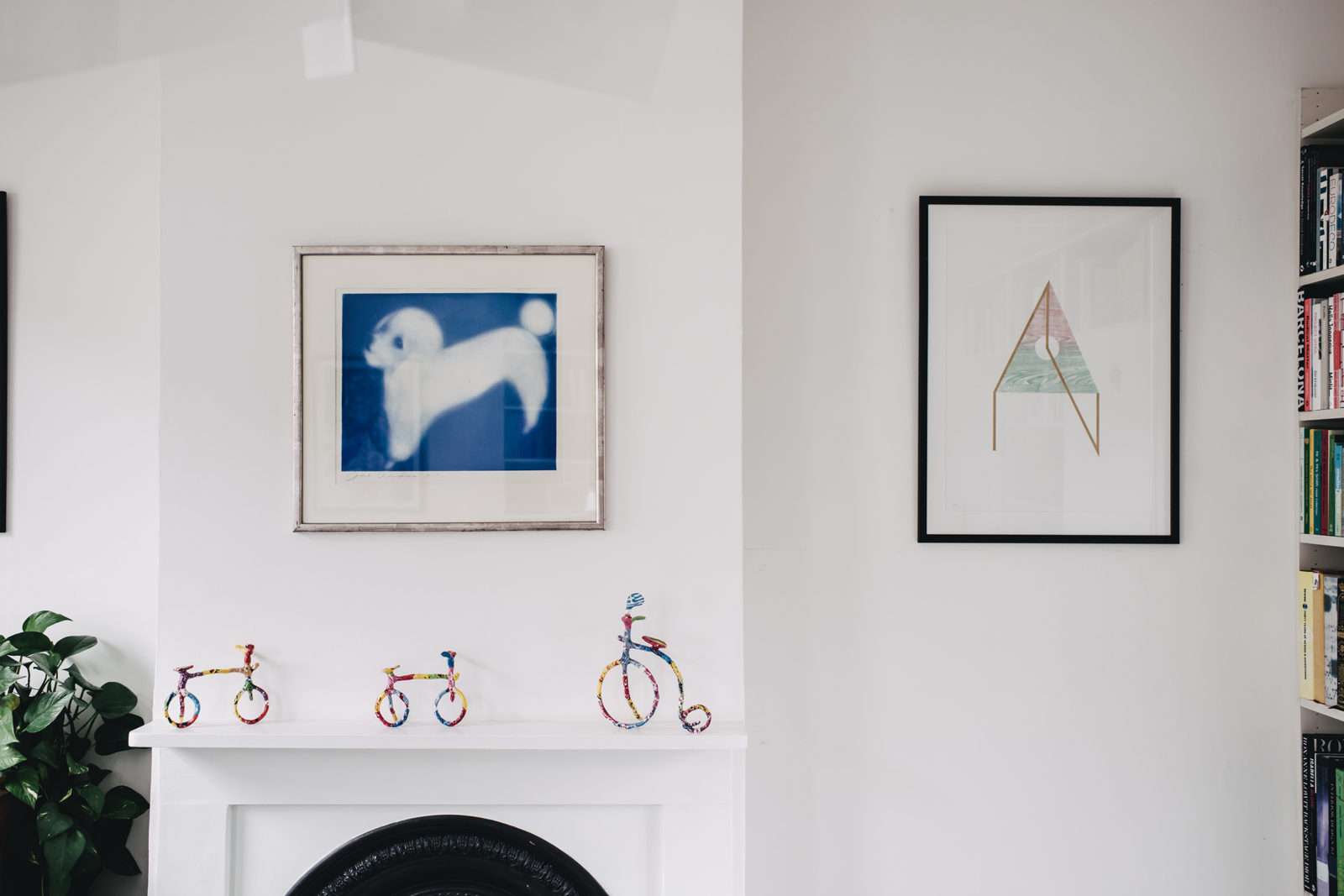
Building an art collection isn’t all that different from acquiring furniture: it’s important to take your time, consider what goes with what, and buy pieces that bring you pleasure. Although turning a profit is often a consideration, it shouldn’t be the guiding principle – above all, art should resonate with you. It’s no coincidence that, according to the Art Basel and UBS Global Art Market Report 2019, only four per cent of British collectors have buying plans based on investment.
If you are considering investing in art, the London-based curator Oscar Humphries advises against getting caught up in the gossip about who or what is hot. “You can make money collecting art, but if you buy with your ears and not your eyes it will all go wrong and you won’t make anything,” he says. “It’s like buying Tesla stock when it’s booming.” The contemporary-art market can be particularly hard to handle because, as Humphries explains, “It’s such a casino at the moment.” But that’s not to say that you should avoid it entirely. “If you want to buy contemporary art, buy young and buy the next big thing before it is the next big thing.” Which can be found where, exactly?
Graduate shows at major art schools such as Central Saint Martins, The Royal College of Art, Slade School of Fine Art and City & Guilds are a good place to start. Follow young commercial galleries on social media and keep an eye on more accessible art fairs, from The Affordable Art Fair to the London Original Print Fair. The Royal Academy’s annual Summer Exhibition features more than 1,500 works, the majority of which are for sale. Then there are the more accessible auctions, including Christie’s First Open – online auctions of postwar and contemporary art at more affordable price points. Buying work from an emerging artist might mean you’re more likely to end up with something unique – try Partnership Editions for accessibly-priced original works. Plus, supporting the next generation is a good thing – and you never know what a rising star’s work might be worth in the future.
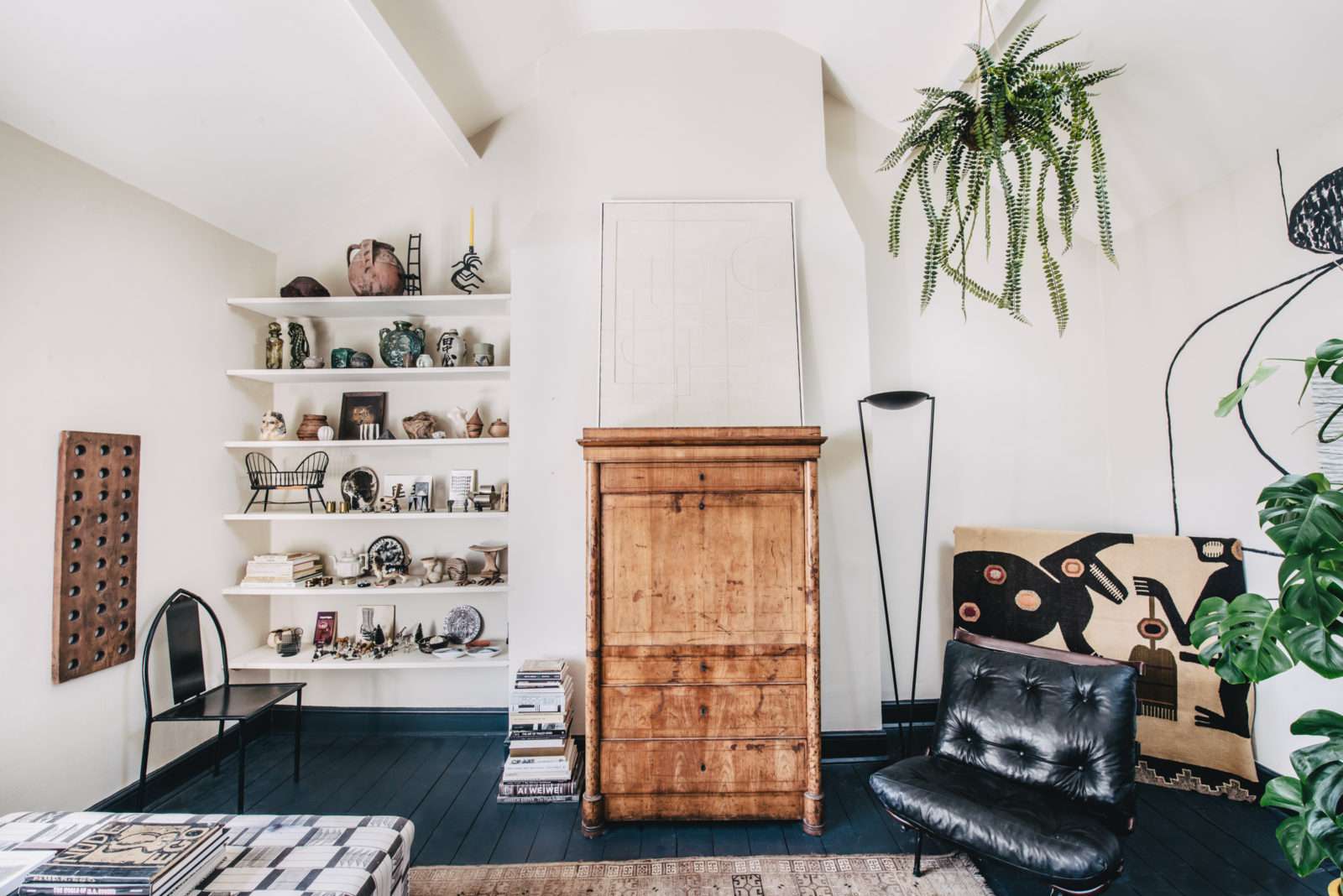
When you buy art gradually you also never know what your house might look like in the future. It may be that, like interior designer Hollie Bowden’s De Beauvoir flat, your interiors continue to evolve as a result. “In my work as a designer I’m eternally inspired and I often use my own home as a place to experiment,” she says. “I’ll fall in love with a new paint shade and get the floorboards repainted. I collect objects, art and antiques and I’m forever buying pieces that might live with me for a while before I find the perfect project to put them in or sell them to my clients.”
Henrietta Thompson and Ed Padmore, founders of art and furniture rental platform Harth, adopt a similar chameleonic approach. The art collection in their family home in Highbury is forever morphing and moving from room to room. “It’s great for all of us but especially for our three-year-old daughter who really notices and engages with the new pictures,” says Thompson. “There’s a sense of fun that comes with new pieces coming in all the time.” Perhaps that explains why more than half of the collectors in the UK prefer to buy spontaneously rather than according to a premeditated plan.
A home should be a stimulating space – not just for young children, but for adults too. Being surrounded by works of art can make you feel inspired, whether to take a dip (David Hockney), dance (Edgar Degas) or dig out your old camera (Dora Maar) – though the pictures on your walls needn’t be the work of world-renowned artists. Bowden’s most prized possession is an anonymous painting in her bedroom that she found at a market. “I don’t know who the artist is,” she says, “but I absolutely love it and it makes me so happy to wake up and see it.”
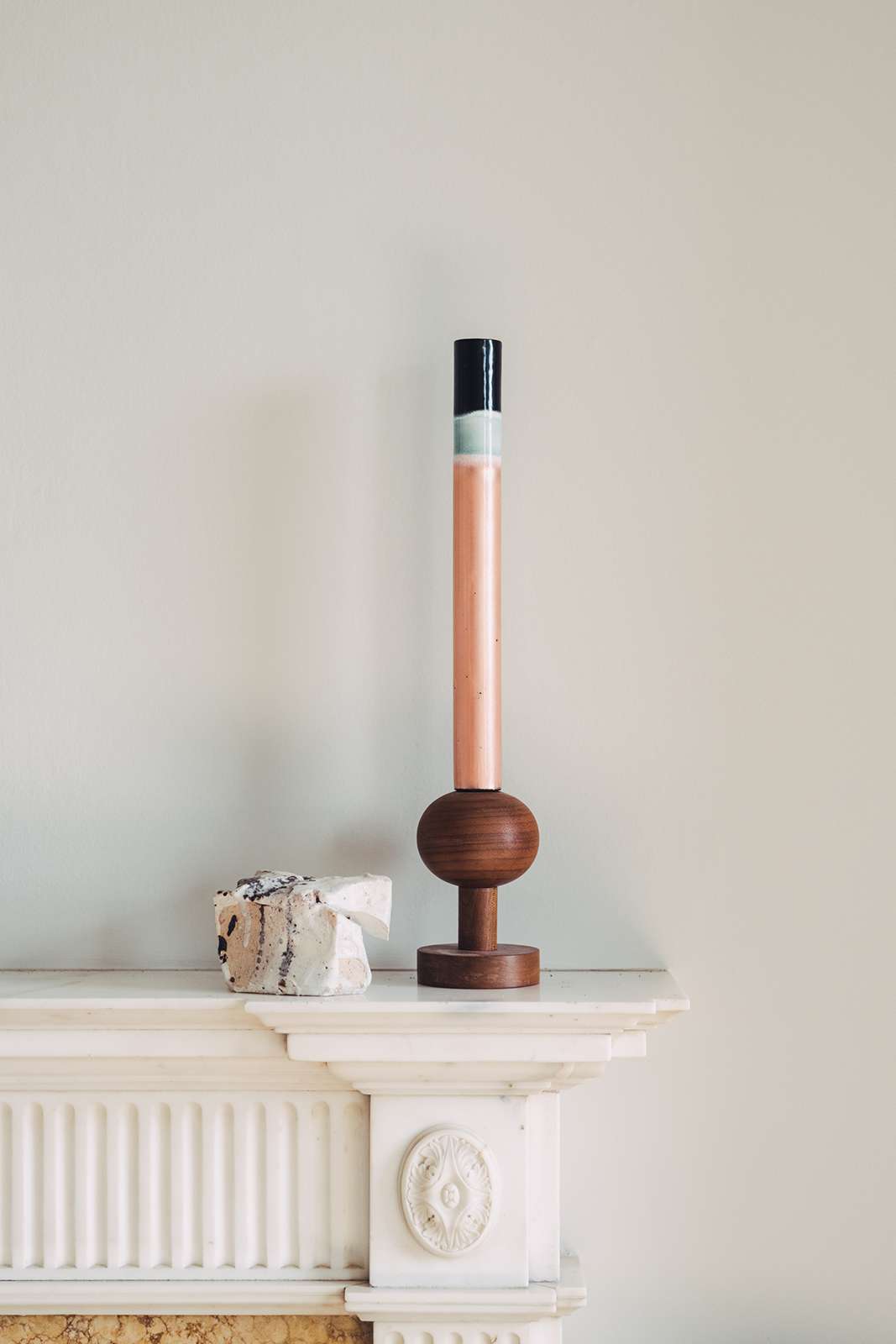
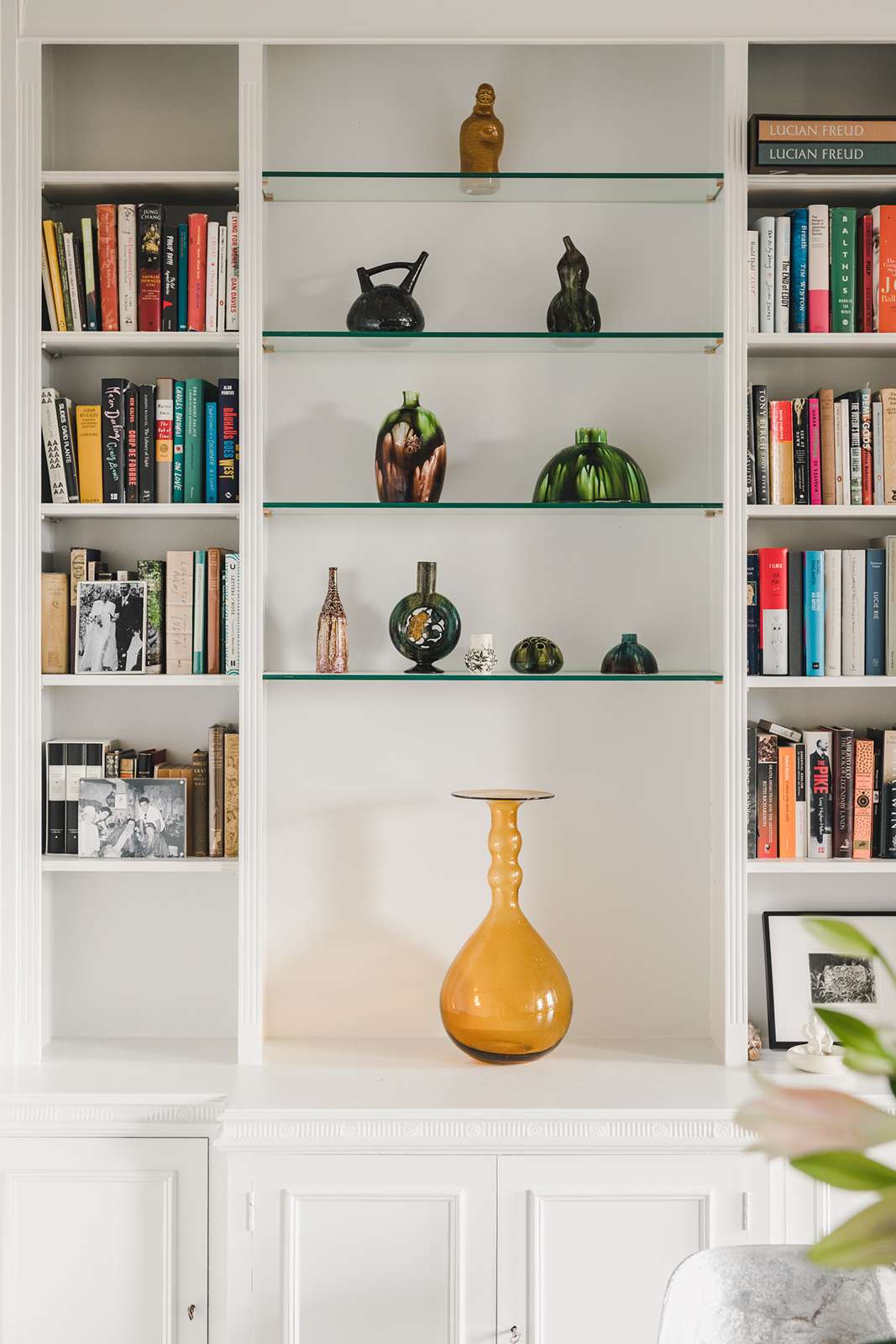
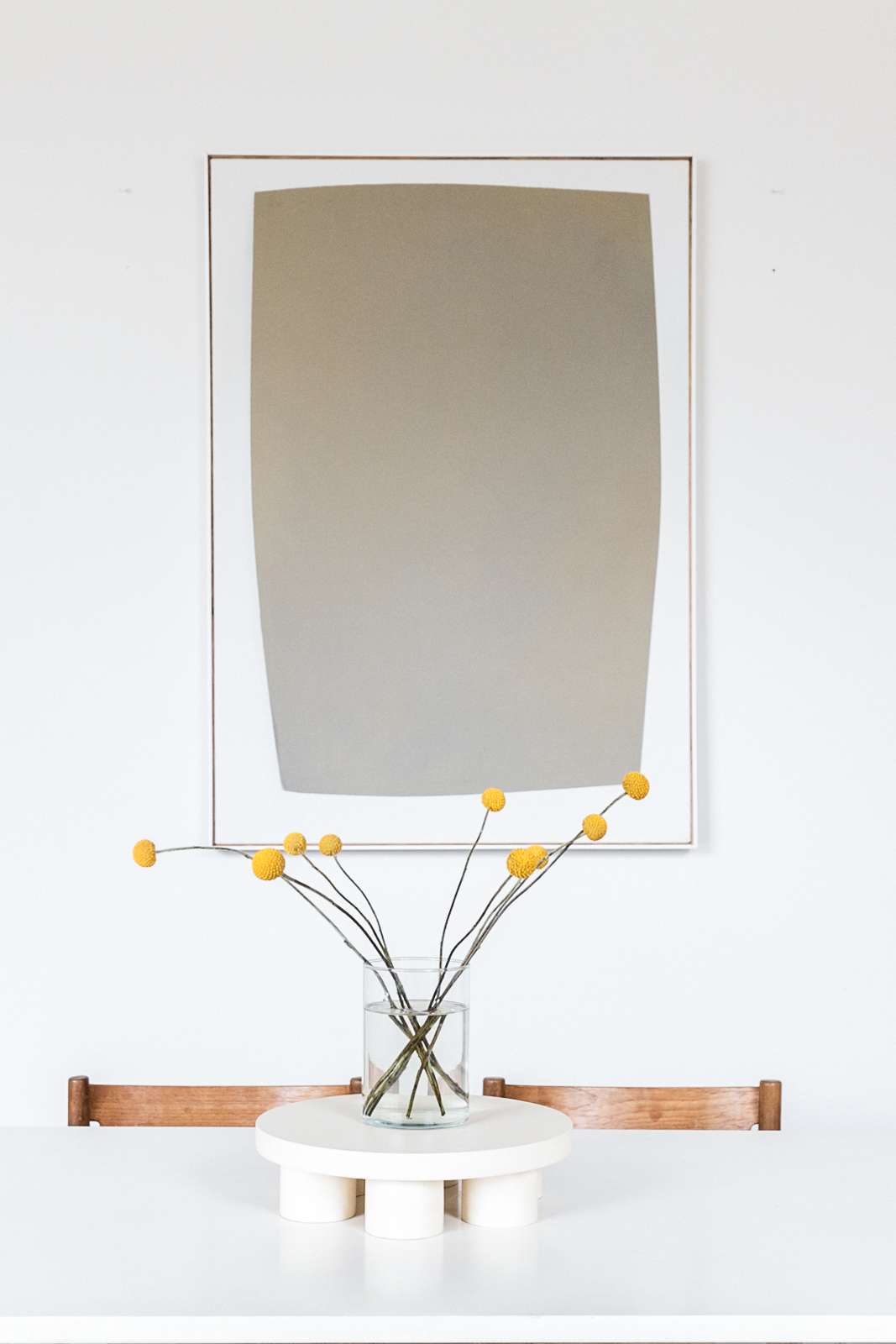
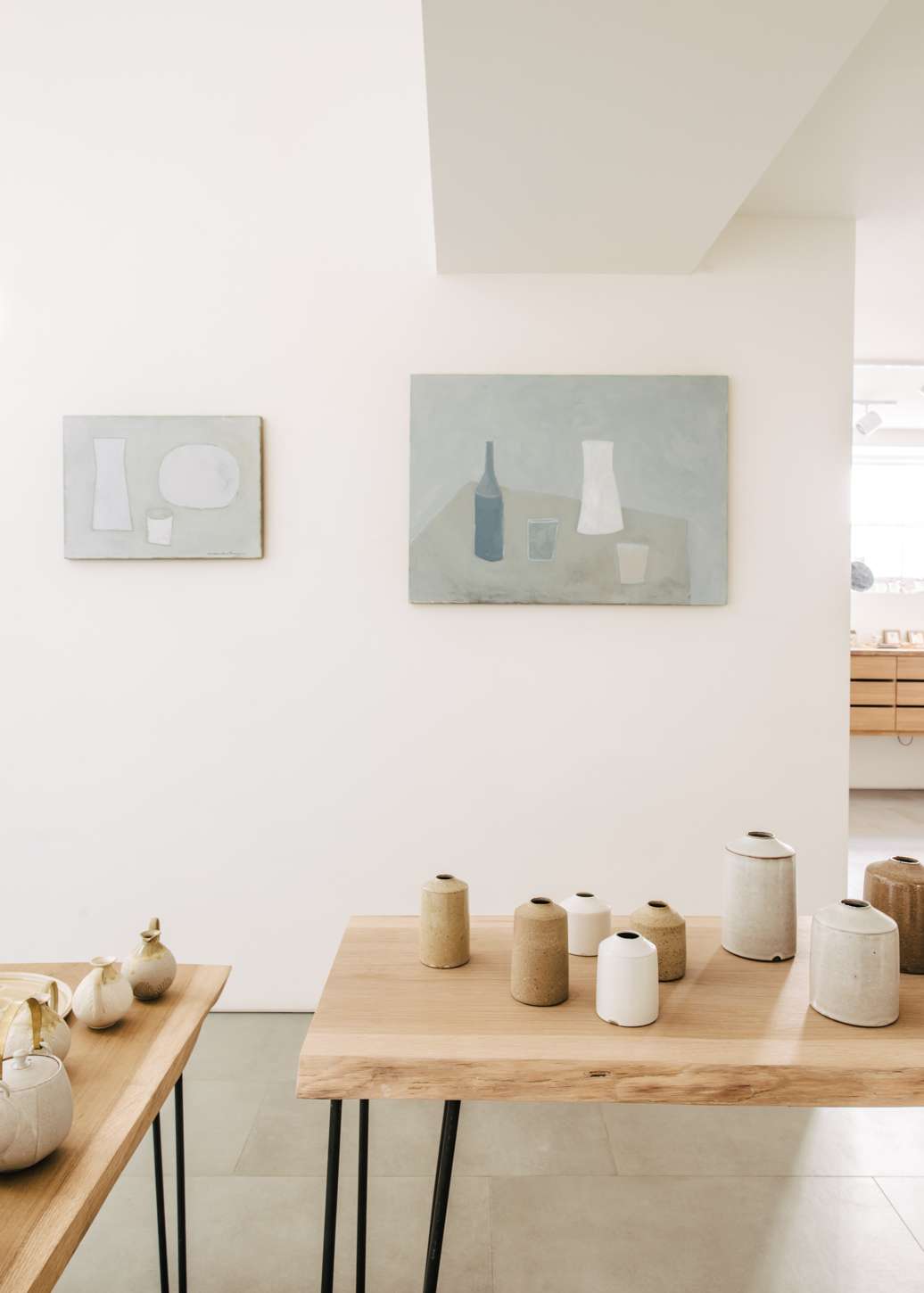
If you do have your heart set on a major artist, why not pick up an original print? You can buy these through non-profit foundations such as Aperture and the Whitechapel Gallery. There’s also Own Art UK – a collaboration between Arts Council England, Creative Scotland and Arts Council of Northern Ireland – which enables you to buy original artwork with interest-free loans. Since it launched in 2004, the scheme has been used by more than 50,000 people, amounting to purchases of contemporary art and craft valued in excess of £40m. Between £100 and £25,000 can be borrowed at any one time and paid back over the course of 10 or 20 months. Partner galleries include Tate, the ICA and the National Galleries of Scotland. Similar schemes exist around the world. The aim: to make art accessible to all, regardless of annual salary or postcode.
Speaking of postcodes, the most common answer to the question, “If you moved, what would you take with you?” is a work of art. That’s often because, as in the case of artist and designer Luke Edward Hall, your art collection is something you’ve been building up over the years. Fashion editor Holly Swayne agrees that the paintings and prints she and her boyfriend George have accumulated are the most precious items in their Stoke Newington flat. And for designer Małgorzata Bany, there’s no question: “Artworks. Friends’ works, Tycjan’s [my partner’s] work. They’re irreplaceable.”
When you do move, or acquire a new artwork, the best way to figure out how to display your budding collection is by hanging pieces in one place and, if they don’t look or feel quite right, moving them. Pretend you’re a curator, your house an ever-changing exhibition space. This doesn’t mean you have to treat your home like a gallery – though for Yvonna Demczynska, owner of Flow Gallery, doing so worked out rather well. “The gallery used to be a big, open white space and everything was displayed on big white plinths,” she says. “After doing that for 15 years I thought it was time for a change, so I decided to turn half of the gallery into a flat.”
Further readingHettie Judah’s ‘Art London: A Guide to Places, Events and Artists’ is a good place to start when it comes to finding inspiration and figuring out what you like and dislike.
For something more focused on the dos and don’ts of collecting, opt for art dealer and market expert Michael Findlay’s ‘The Value of Art: Money, Power, Beauty’.
